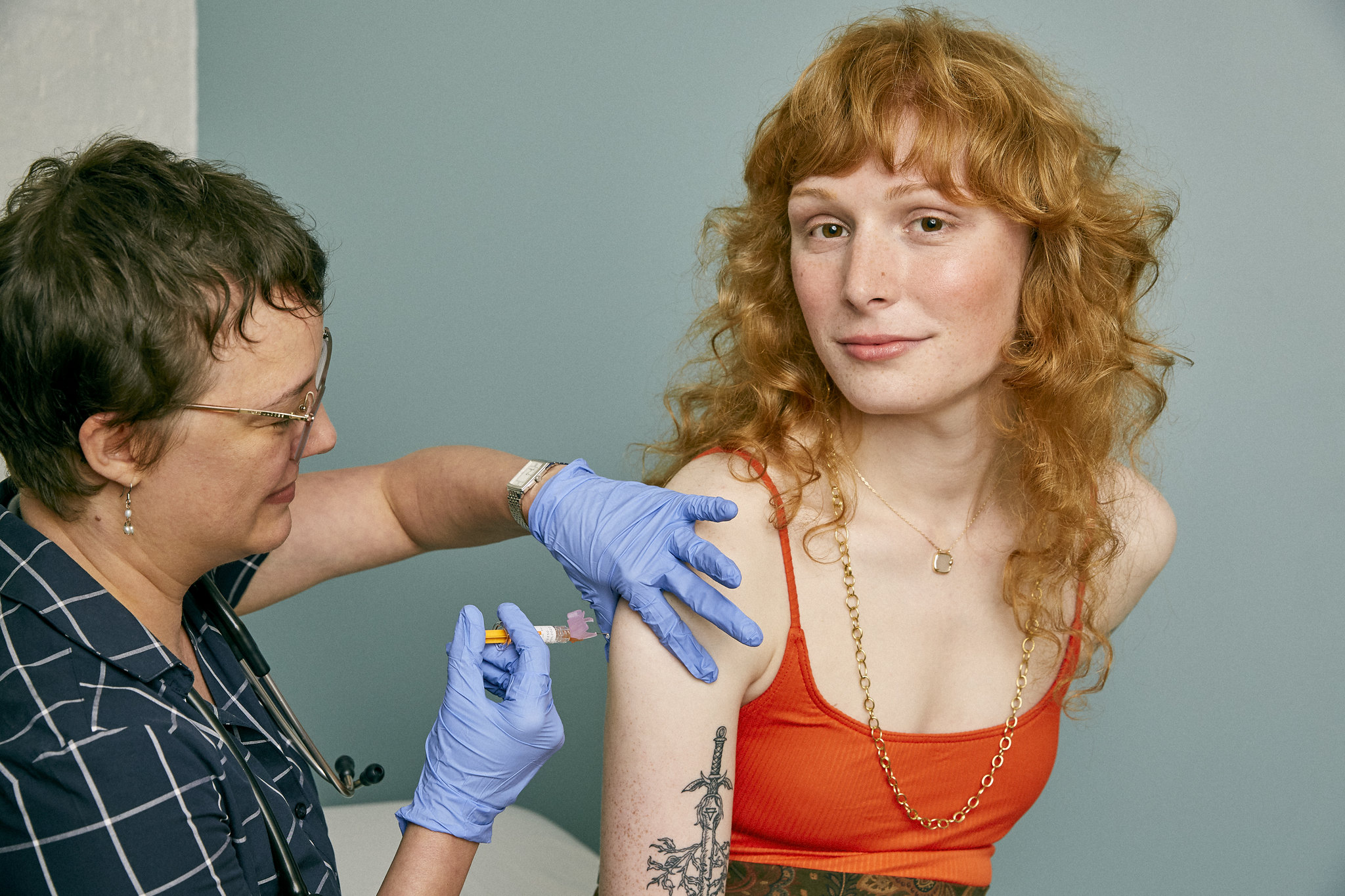Attachments
Note: Not all attachments are visible to the general public. Research URLs will go live after the embargo ends.

Research
JAMA, Web page
Please link to the article in online versions of your report (the URL will go live after the embargo ends).
Journal/
conference: JAMA Internal Medicine
conference: JAMA Internal Medicine
Research:Paper
Organisation/s:
Johns Hopkins School of Public Health, USA
Funder:
This work was supported in part by the National Institutes of
Health under award No. K24AI141580 (Dr Milstone) and through the generosity
Figure. Antibody Measurement More Than 14 Days Following Dose 2 of SARS-CoV-2 Messenger RNA (mRNA) Vaccines Over Time
Stratified by Symptoms
0 100 150
11
8
Serum lgG antibodies to spike S1
subunit, ratio
Days from dose 2 of vaccine
4
2
50
None/mild
Clinically
significant
Relationship of serum immunoglobulin G (IgG) antibodies recognizing the
S1 subunit of spike and days after the second dose of SARS-CoV-2 mRNA
vaccine in 953 hospital workers (1 participant who was receiving
immunosuppressant medication did not develop IgG antibodies and is not
shown). The IgG antibody measurements represent the ratio of 2 optical
densities (ODs): the OD of the patient serum over the OD of an assay calibrator
provided by the manufacturer. A measurement greater than 1.23 indicates the
presence of spike antibodies with an upper threshold of 11 based on assay
saturation.1,5 Antibody measurements were stratified by symptoms after either
vaccine dose. The curves were predicted median antibody measurement over
time (time was allowed as a natural cubic spline with 2 degrees of freedom)
stratified by symptoms, set age, sex, vaccine type, and prior infection as the
sample average. Shaded areas represent 95%CIs.
Letters
E2 JAMA Internal Medicine Published online August 16, 2021 (Reprinted) jamainternalmedicine.com
Confidential: Embargoed Until 11:00 am ET, August 16, 2021. Do Not Distribute
of the collective community of donors to the Johns Hopkins University School
of Medicine and the Johns Hopkins Health System for COVID-19 research.



 International
International


